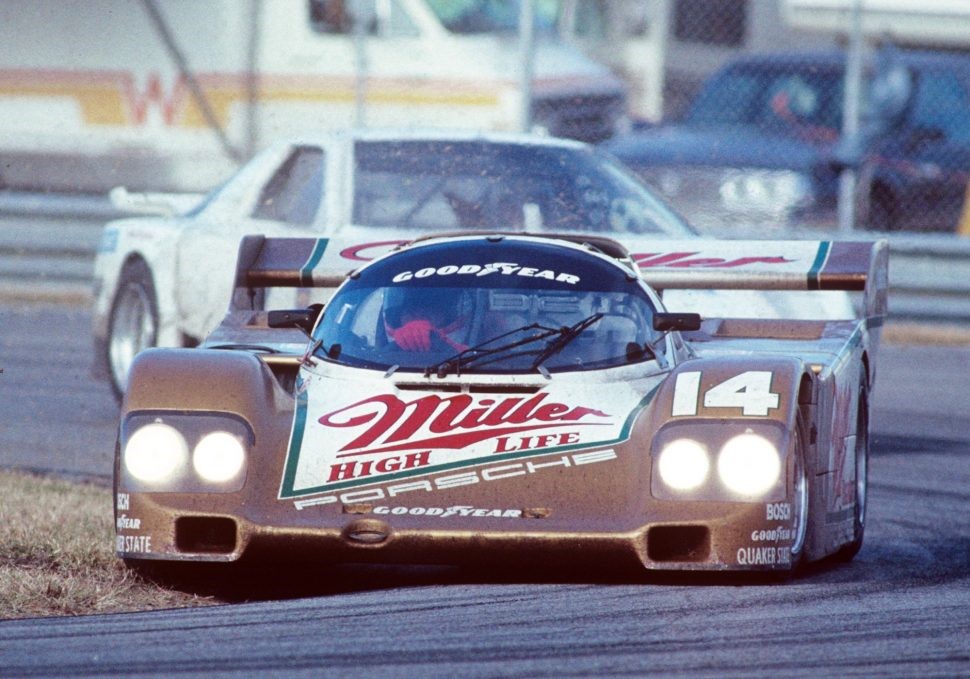
The Miller High Life-sponsored Porsche 962 of Holbert Racing. Photos by Bill Warner, courtesy Amelia Island Concours d’Elegance
IMSA’s GTP (Grand Touring Prototype) class was founded in 1981, in response to the FIA’s Group C class for sports-car prototype racing cars. Like the Can-Am cars that preceded them, the IMSA GTPs were among the fastest and most-advanced cars of their day, and a quarter-century after the class was discontinued, fans still mourn its passing. At the 2018 Amelia Island Concours d’Elegance, IMSA GTP cars will be celebrated with a dedicated class and a seminar that recalls the glory days of prototype racing in North America.
Group C and GTP cars were similar, but not the same. IMSA focused less on fuel economy and a bit more on driver safety than the FIA, a distinction than can be seen in difference between the Group C Porsche 956 and its longer-wheelbase fraternal twin, the Porsche 962, which dominated IMSA GTP racing from 1985-’87. In addition to adding nearly five inches to the wheelbase to prevent impact injuries to the driver’s feet, the IMSA 962s carried a 120-liter fuel cell, as compared to the 100-liter limit mandated by the FIA’s Group C. In terms of performance, both the 956 and the 962 were capable of speeds above 350 km/h (218 mph), and the 962 proved even faster than the revered Porsche 917/30 Can-Am car up Watkins Glenn’s Wedgewood Straight.
Both GTP and Group C cars featured enclosed cockpits, with aluminum, carbon fiber, and Kevlar generally used to construct the monocoque and body. Though labeled as “prototypes,” the cars resembled absolutely nothing in a dealer’s showroom, but instead were built solely for the purpose of lapping a circuit as quickly as possible. Most IMSA tracks required more downforce for higher cornering speeds, while European circuits run in FIA Group C competition were often more about top speeds, requiring less downforce and lower drag.
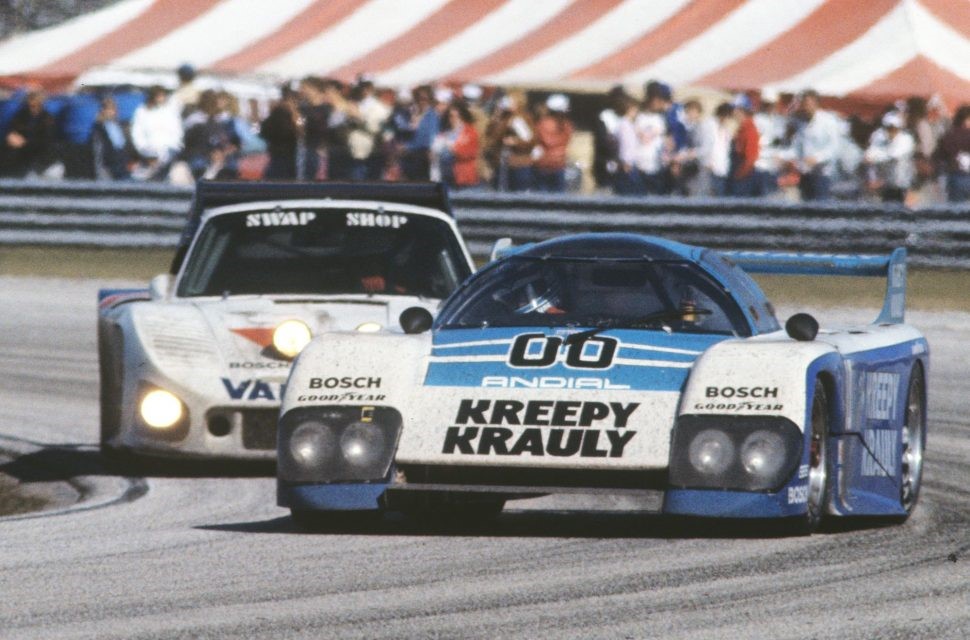
The Kreepy Krauly Porsche-powered March 83G leads the Porsche 935 of Hen’s Swap Shop
As with Can-Am, engine displacement and configuration weren’t regulated by IMSA GTP rules. Forced induction was permitted, and favored by many teams for its lower fuel consumption, since even under IMSA rules the amount of fuel supplied for a race was limited. Privateer teams were an important component of IMSA racing, so every effort was made—in the beginning, anyway—to level the playing field in terms of cost, power, and driver safety.
The first full season of GTP racing was 1982, when the championship was won by John Paul Jr. in a Porsche 935. The March 83G was the chassis to beat for the next two years, with Al Holbert clinching the title in a Porsche-powered March in 1983, followed by Randy Lanier’s championship in a Chevy-powered March in 1984. Holbert repeated as champion, this time behind the wheel of a Porsche 962, in 1985 and 1986, while Chip Robinson took top honors with a 962 in 1987.
As quickly as it began, the reign of the Porsche 962 ended in 1988, when Nissan entered the series with its GTP ZX-Turbo. Geoff Brabham took this car to championships in 1988-’89, repeating with its successor, the Nissan NPT-90, during the 1990-’91 seasons. A new champion was waiting in the wings, however: Introduced during the 1991 season, the Toyota-powered AAR Eagle Mk III was about to rewrite the record book on winning.
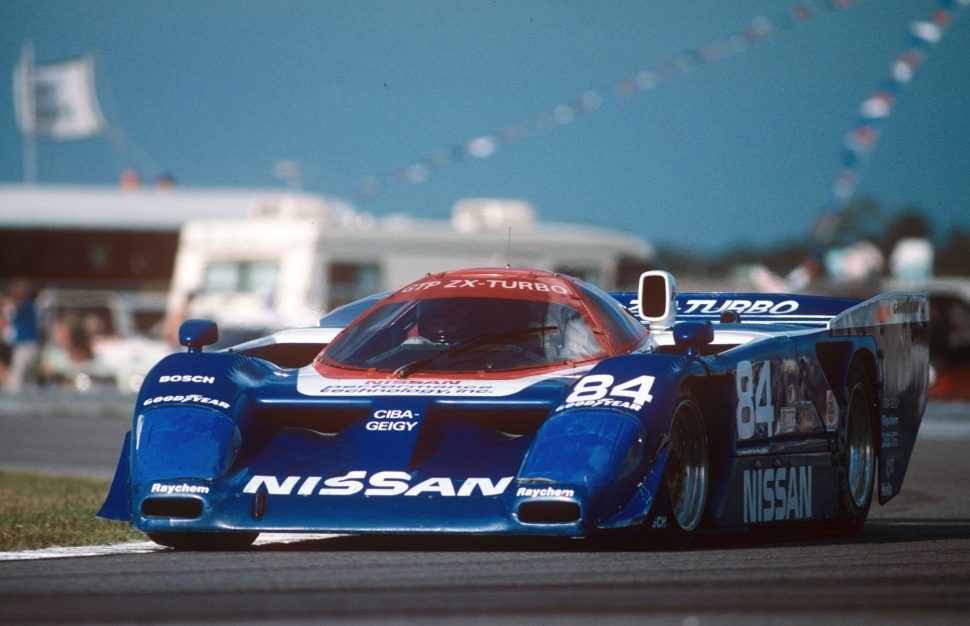
The Nissan GTP ZX-Turbo
During the 1992 IMSA GTP season, Juan Manual Fangio II racked up an impressive seven wins in 15 races behind the wheel of the #99 AAR Eagle Mk III, while his teammate, P.J. Jones, put up another two victories, easily handing the championship to AAR and Toyota. Impressive though the performance was, it paled in comparison to 1993, when the Toyota-powered team earned victories in every race contested, even taking the top two steps on the podium at Miami, Atlanta, Lime Rock, Mid-Ohio, Laguna Seca, Portland, and Phoenix.
The dominance of the AAR Eagle Mk III was one of the factors that led to the demise of the GTP class. By the final season, privateer teams could no longer compete with factory efforts from Toyota and Nissan, reducing the overall number of GTP cars in the field and hence, spectator interest. Across the Pacific, the Japanese economy was in shambles, and by 1994 even manufacturers could no longer justify the expense of multiple racing programs. Like the Can-Am series before it, a combination of external forces and the overbearing success of a single team signaled the end of IMSA GTP racing.
Though the cars to be shown at Amelia Island have not yet been confirmed, it’s safe to bet that the Porsche 962 will be well-represented, along with the AAR Eagle Mk III and Nissan’s ZX-Turbo and NPT-90. Jaguar won its share of races in GTP, as did the March 83G chassis with several engine manufacturers, so it’s likely examples of these will be displayed, too. The panel discussion will be hosted by Bob Varsha, and expected participants include Hurley Haywood, David Hobbs, Davy Jones, Tommy Kendall, Brian Redman, Chip Robinson, and Mark Raffauf, IMSA’s executive VP during the Camel GTP years.
The 2018 Amelia Island Concours d’Elegance takes place from March 9-11 at The Ritz-Carlton on Amelia Island, Florida. For additional details, visit AmeliaConcours.org.
Courtesy Kurt Ernst, Hemmings.com
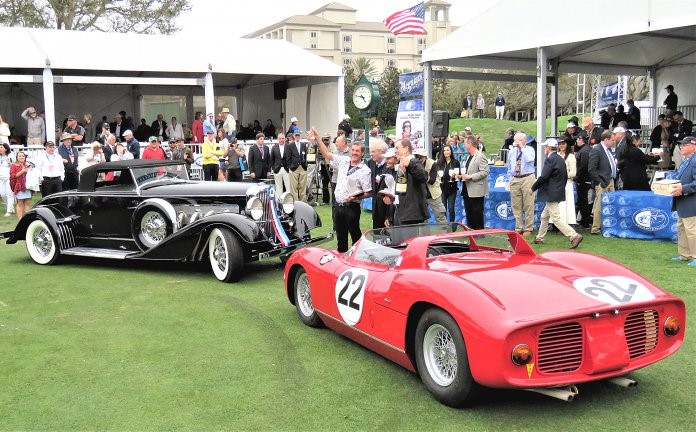
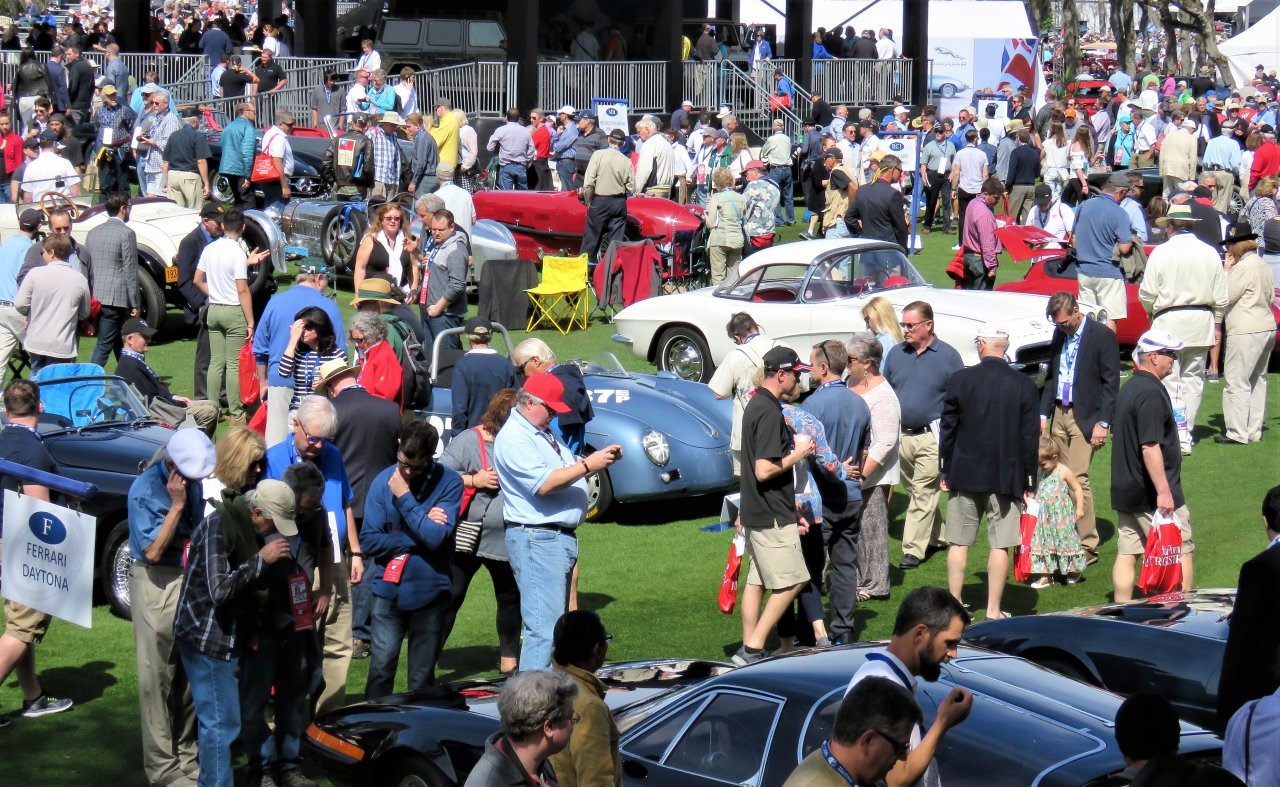

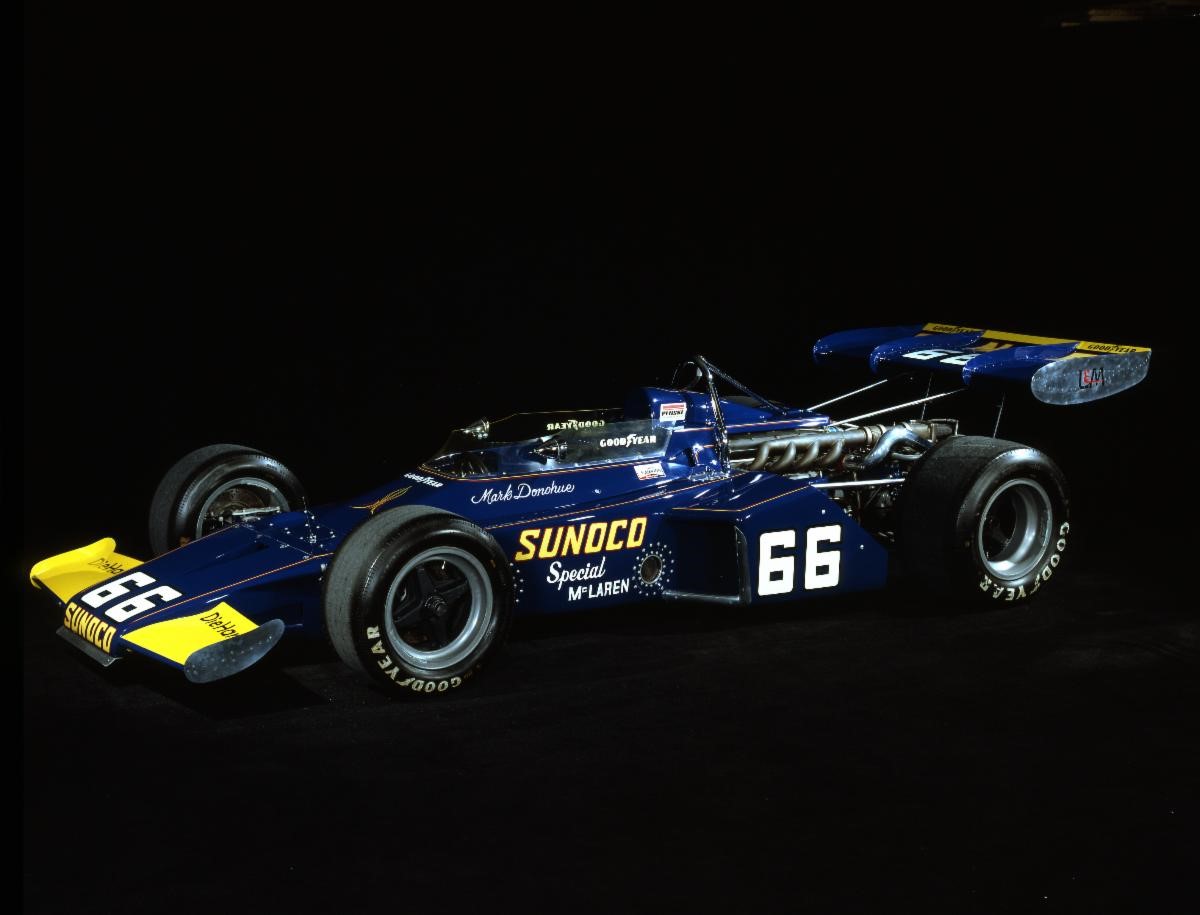
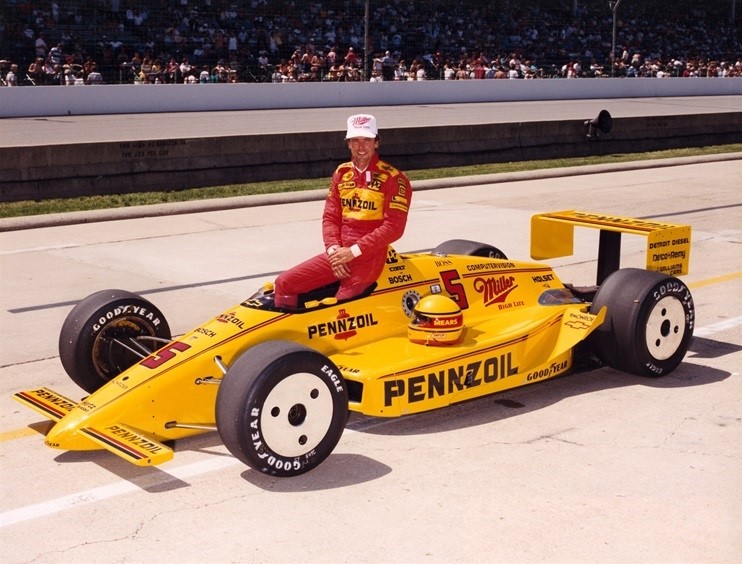
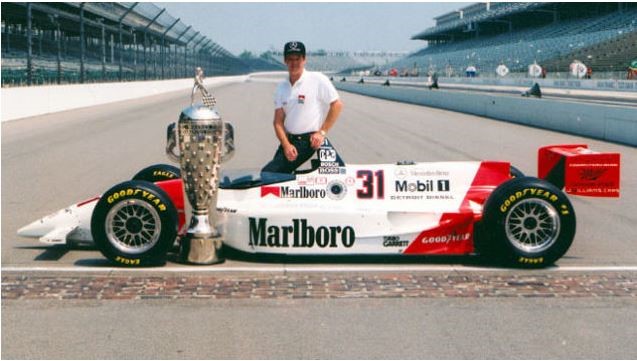
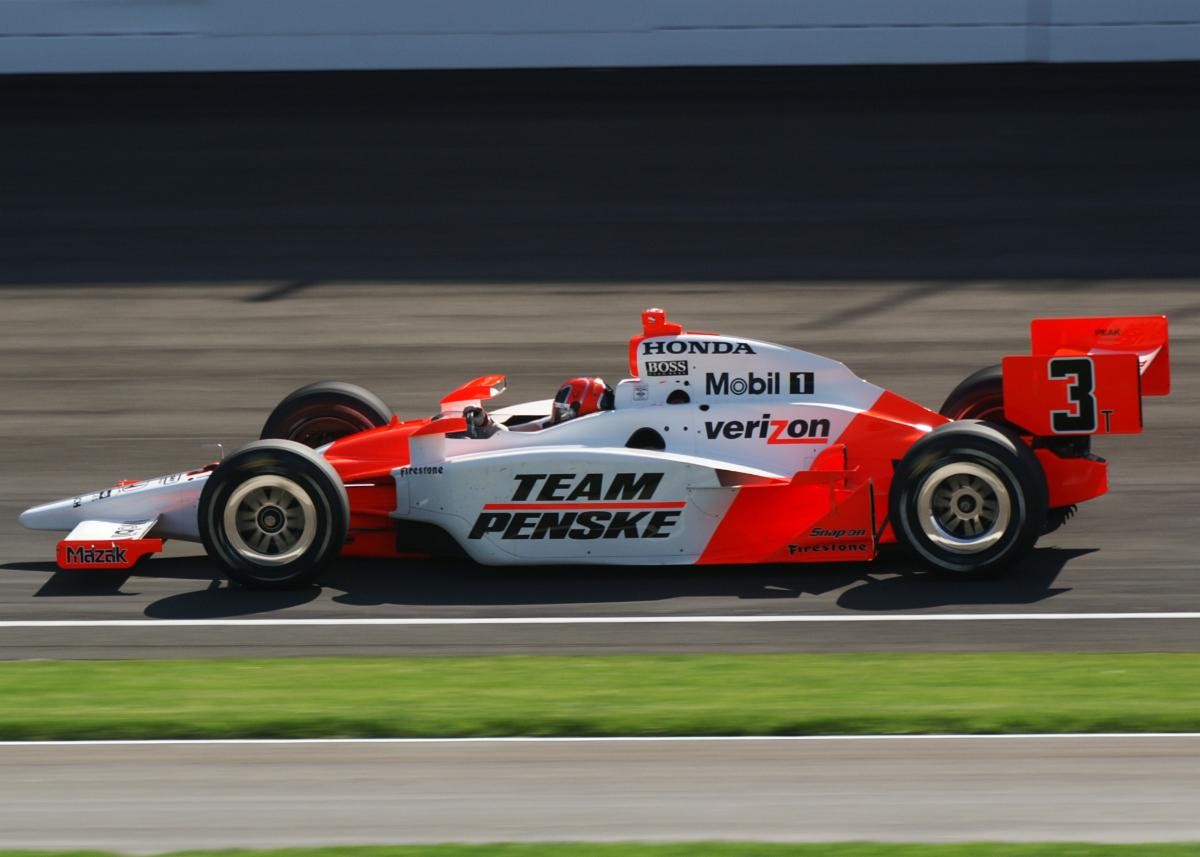
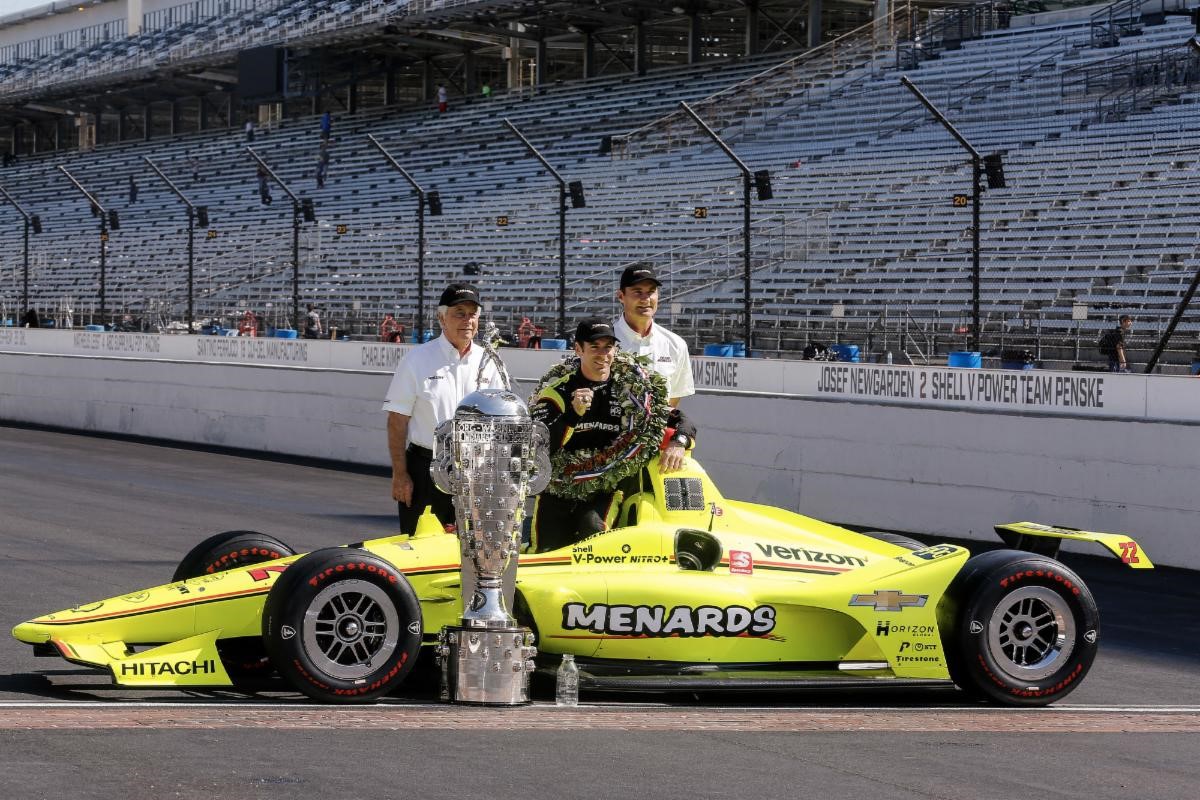
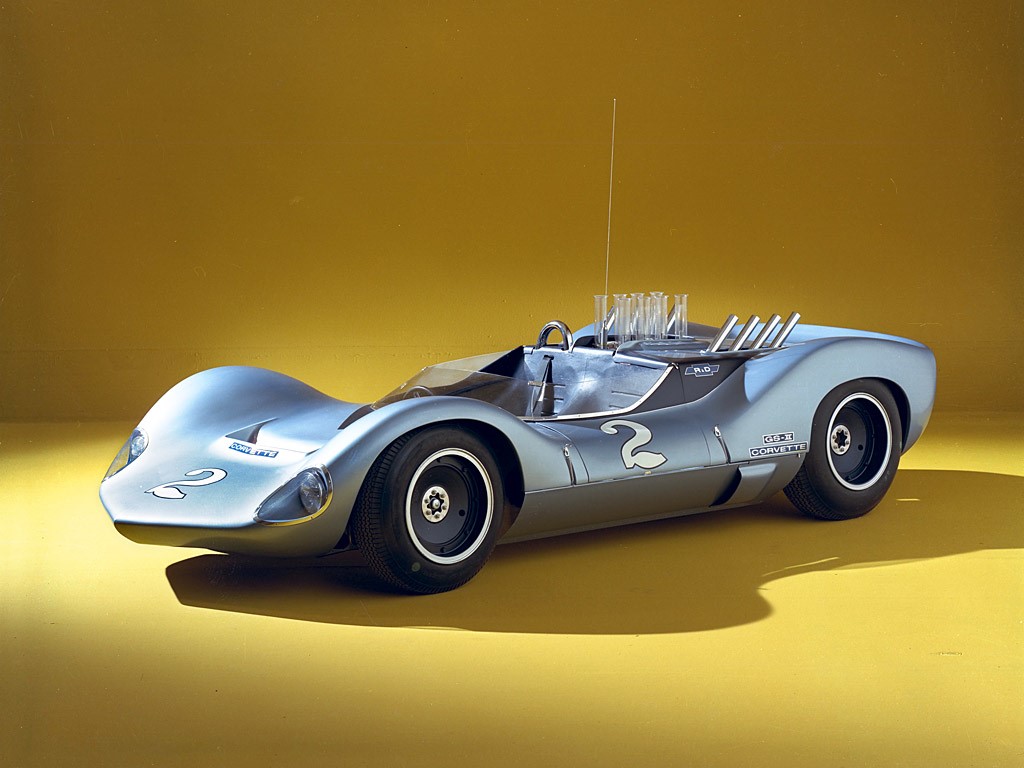
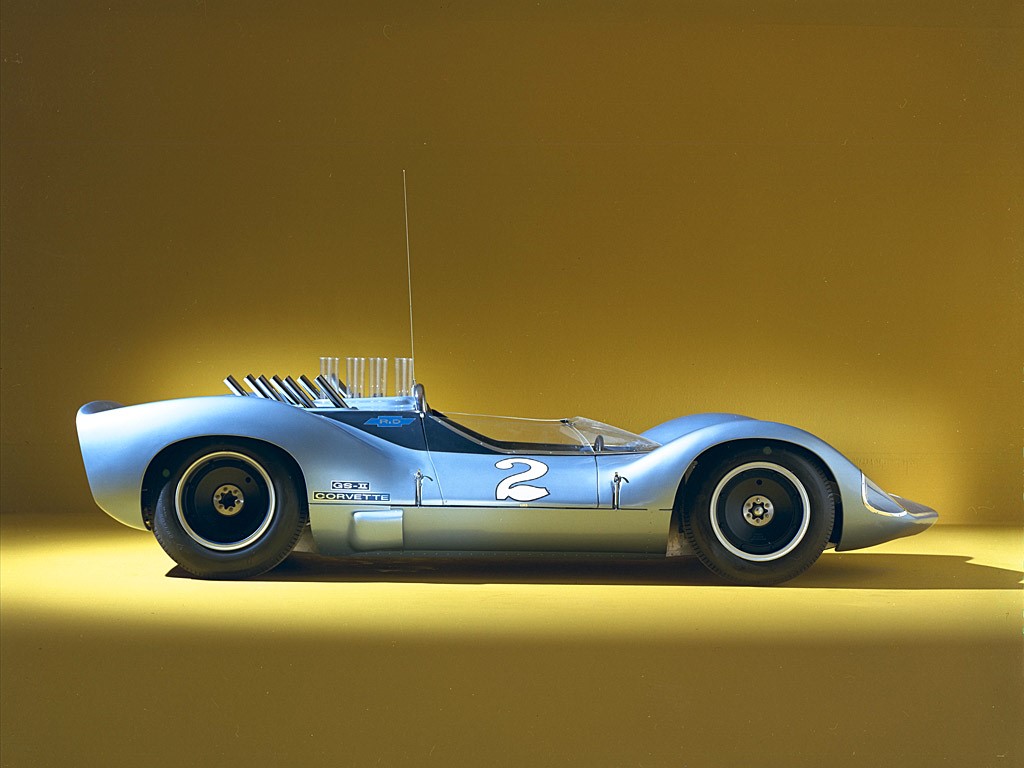
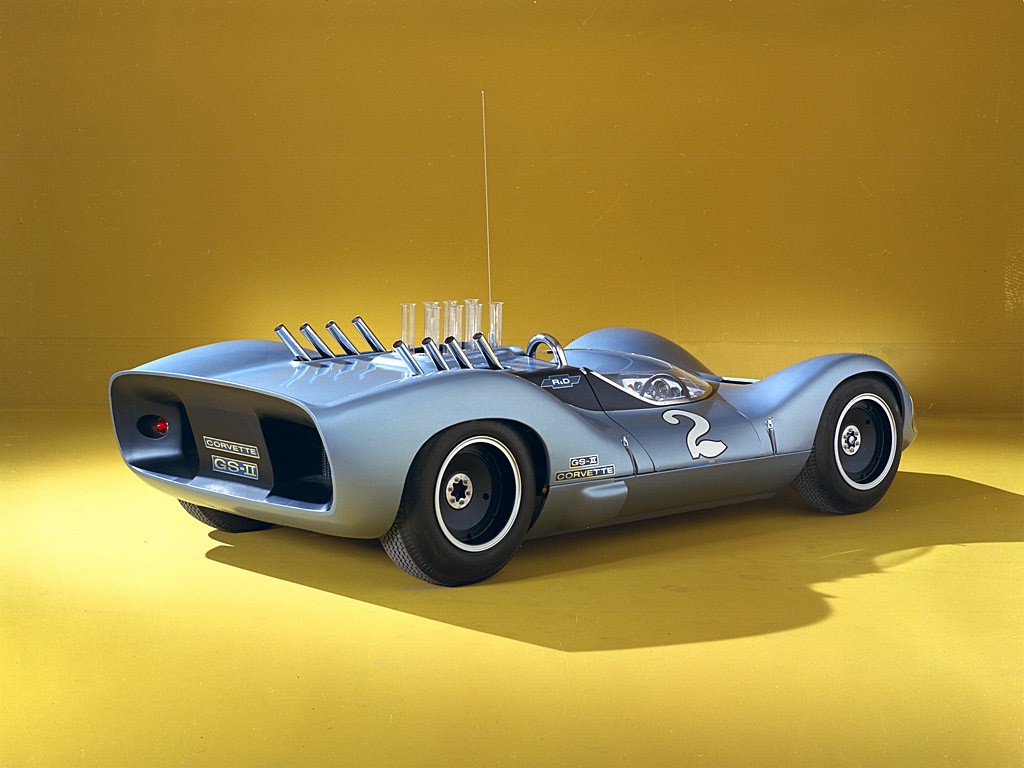
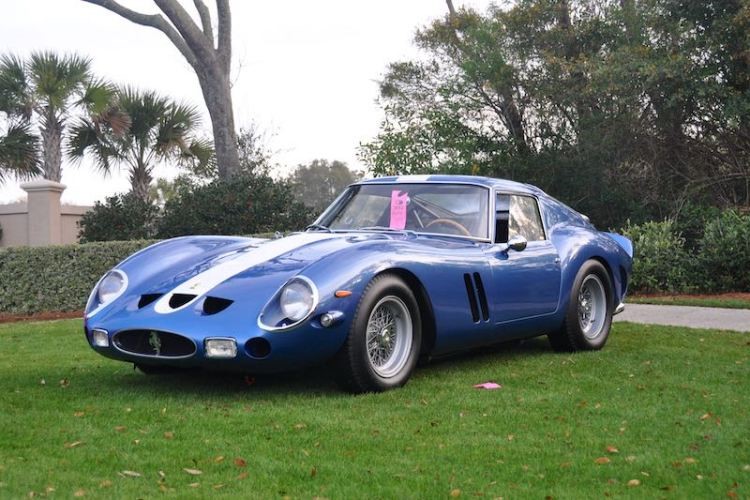 Jacksonville, Fla. – The cars of Sergio Scaglietti will be featured at the Amelia Island Concours 2020, scheduled for March 5-8 in Amelia Island, Florida. The 25th annual event will celebrate Scaglietti’s renowned cars on the 100th anniversary of his birth.
Jacksonville, Fla. – The cars of Sergio Scaglietti will be featured at the Amelia Island Concours 2020, scheduled for March 5-8 in Amelia Island, Florida. The 25th annual event will celebrate Scaglietti’s renowned cars on the 100th anniversary of his birth.



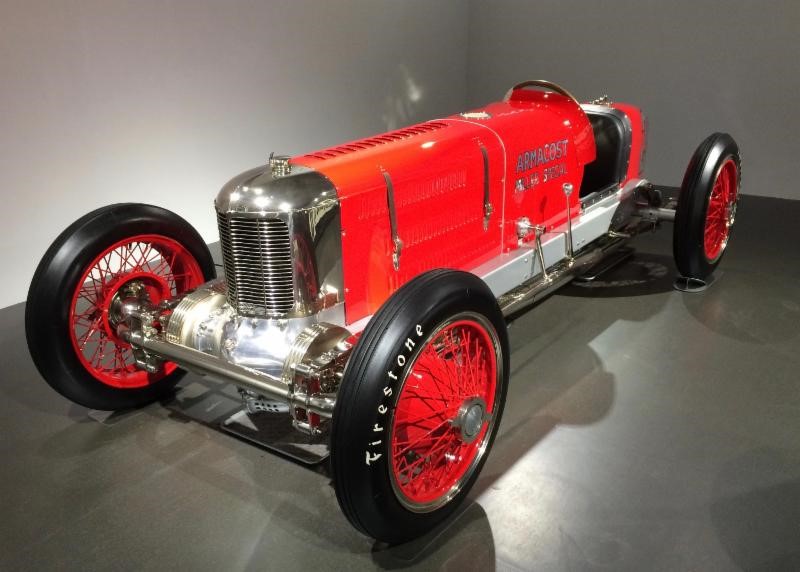
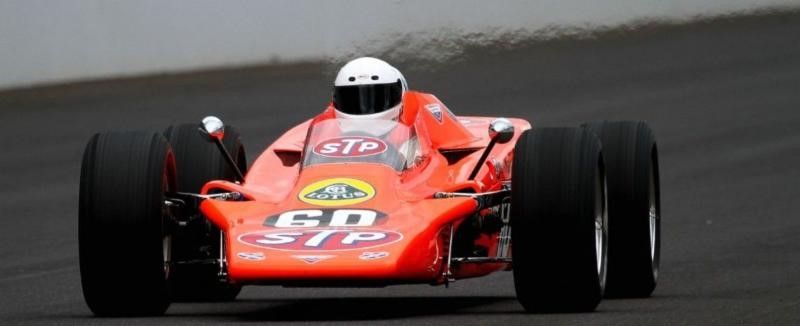
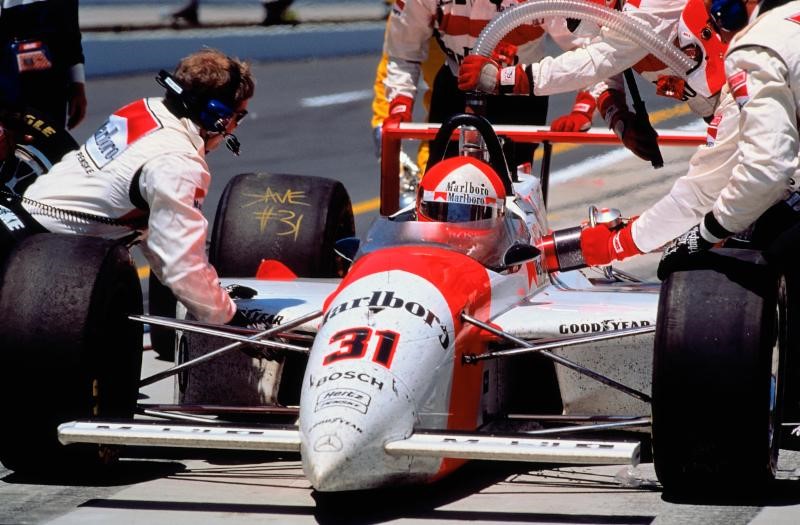


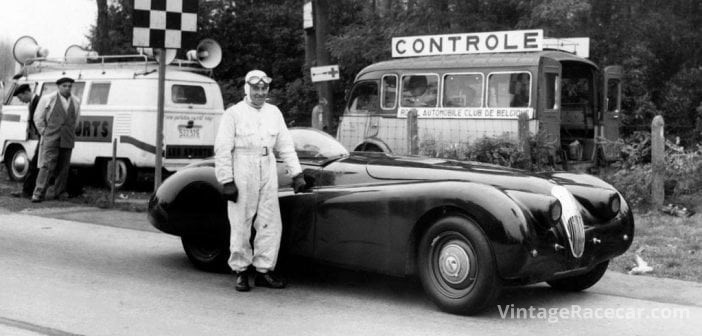 Amelia Island, Fla. – It was done in haste. It was to be an alluring delivery system to introduce Jaguar’s brilliant new XK engine intended to power the substantial Jaguar Mk VII luxury sedan.
Amelia Island, Fla. – It was done in haste. It was to be an alluring delivery system to introduce Jaguar’s brilliant new XK engine intended to power the substantial Jaguar Mk VII luxury sedan.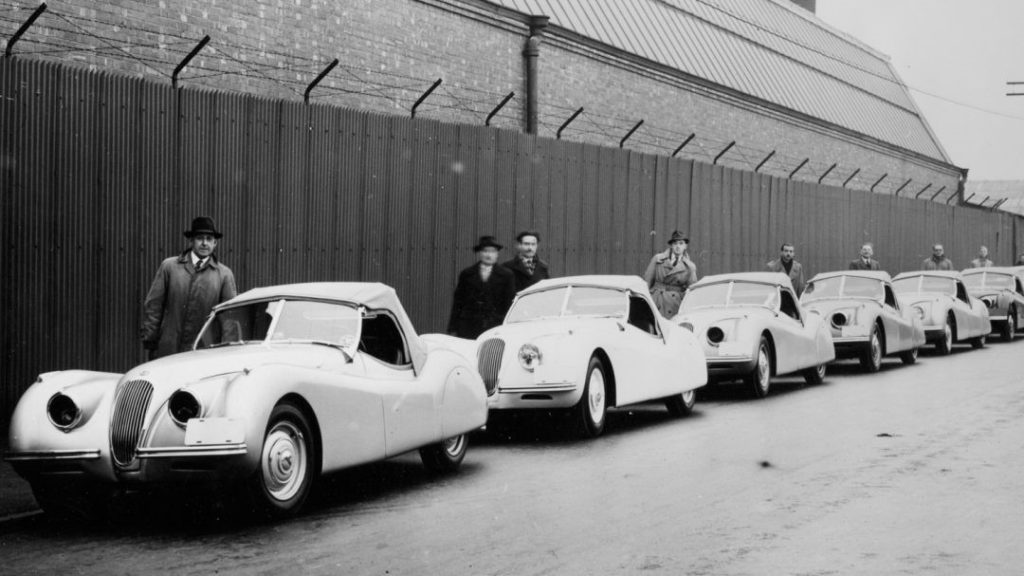 This year marks the 70th anniversary of the speed record and the first race victory that set the Jaguar XK120’s course and gave it its immortal name.
This year marks the 70th anniversary of the speed record and the first race victory that set the Jaguar XK120’s course and gave it its immortal name.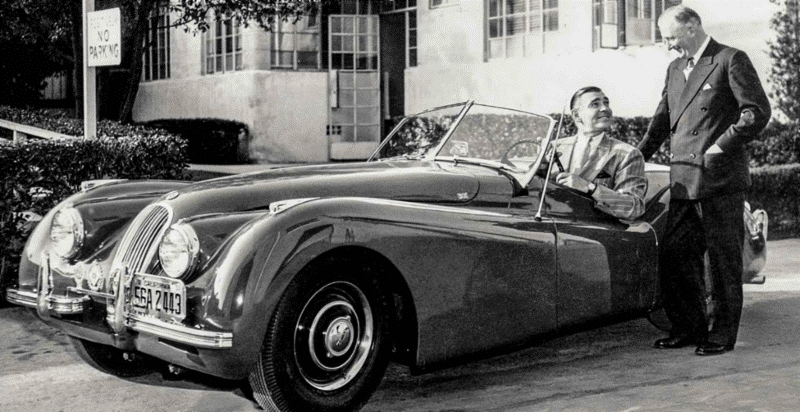
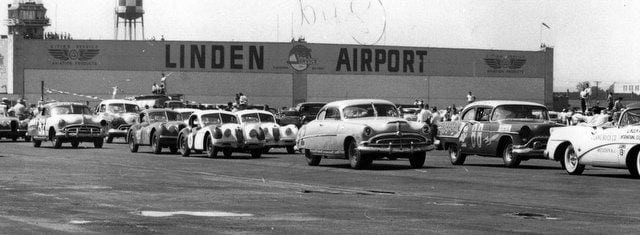
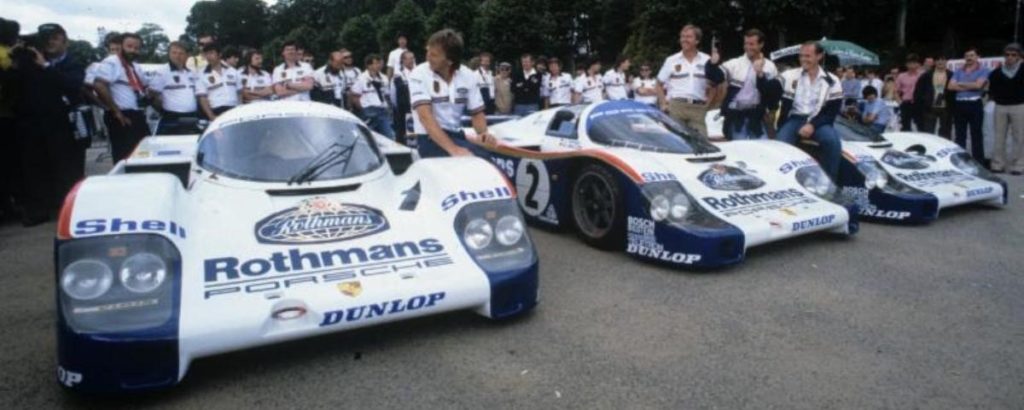 Amelia Island, Fla. – Racing is in Porsche’s blood and over the past 70 years the German sports car manufacturer has created some incredible racers; the 904, 917 and GT1 to name but a few. However, one of its creations stands as one of the most successful in all of motorsport and will be celebrated at the 2019 Amelia Island Concours. That car is, of course, the Porsche 962.
Amelia Island, Fla. – Racing is in Porsche’s blood and over the past 70 years the German sports car manufacturer has created some incredible racers; the 904, 917 and GT1 to name but a few. However, one of its creations stands as one of the most successful in all of motorsport and will be celebrated at the 2019 Amelia Island Concours. That car is, of course, the Porsche 962.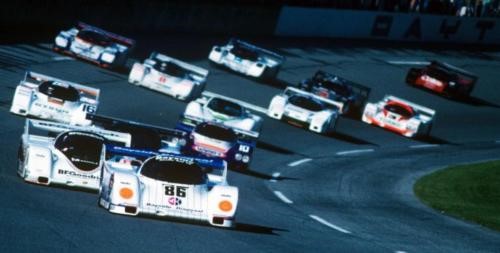
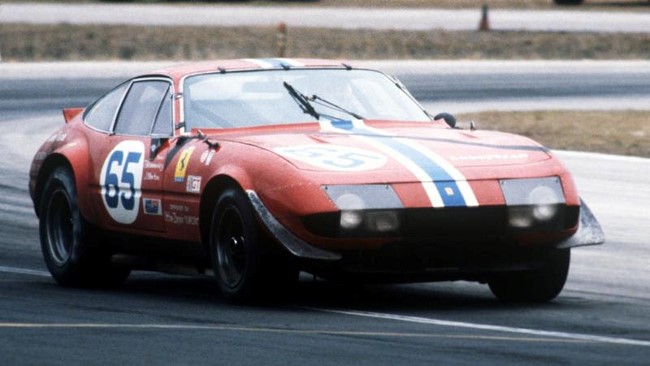 It was revenge, not Ferrari that gave the 365 GTB/4 its popular nickname. The name of America’s first superspeedway clung to the big Italian GT after Ferrari prototypes avenged themselves on American soil following their stinging defeat at Le Mans in 1966. Three victorious Ferrari P4 and P3 prototypes executed a perfectly choreographed photo finish winning the 1967 Rolex 24 at Daytona. It mocked Ford’s botched photo finish at Le Mans the previous June. There was little subtlety in it and everyone got the point. And the name Daytona stuck to the 365 GTB/4 almost at once.
It was revenge, not Ferrari that gave the 365 GTB/4 its popular nickname. The name of America’s first superspeedway clung to the big Italian GT after Ferrari prototypes avenged themselves on American soil following their stinging defeat at Le Mans in 1966. Three victorious Ferrari P4 and P3 prototypes executed a perfectly choreographed photo finish winning the 1967 Rolex 24 at Daytona. It mocked Ford’s botched photo finish at Le Mans the previous June. There was little subtlety in it and everyone got the point. And the name Daytona stuck to the 365 GTB/4 almost at once.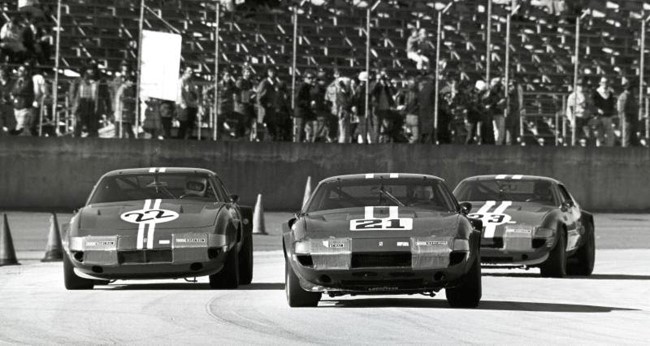 So the mighty 365 GTB/4 became known as “Daytona” even though Ferrari never made it official. Some historians claim that the project was labeled “Daytona” internally during its gestation following the 1967 Daytona 24 Hour sweep. Then the internal nickname “Daytona” leaked. Ferrari himself was said to have squelched the use of the name when it became public.
So the mighty 365 GTB/4 became known as “Daytona” even though Ferrari never made it official. Some historians claim that the project was labeled “Daytona” internally during its gestation following the 1967 Daytona 24 Hour sweep. Then the internal nickname “Daytona” leaked. Ferrari himself was said to have squelched the use of the name when it became public.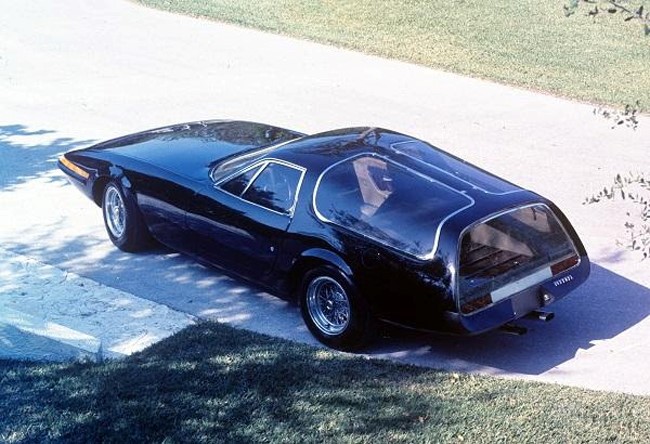 Nearly 1,400 Daytona’s were built in coupe and convertible configurations. It outgunned its pricier and rarer 3-liter predecessors with a muscular 4-cam 4.4 liter V-12 fed by six enormous 40 mm Weber carburetors. This exotic recipe makes 380 hp and propels the big two-seater to nearly 180 mph; a sobering number for a 3,600 pound GT.
Nearly 1,400 Daytona’s were built in coupe and convertible configurations. It outgunned its pricier and rarer 3-liter predecessors with a muscular 4-cam 4.4 liter V-12 fed by six enormous 40 mm Weber carburetors. This exotic recipe makes 380 hp and propels the big two-seater to nearly 180 mph; a sobering number for a 3,600 pound GT.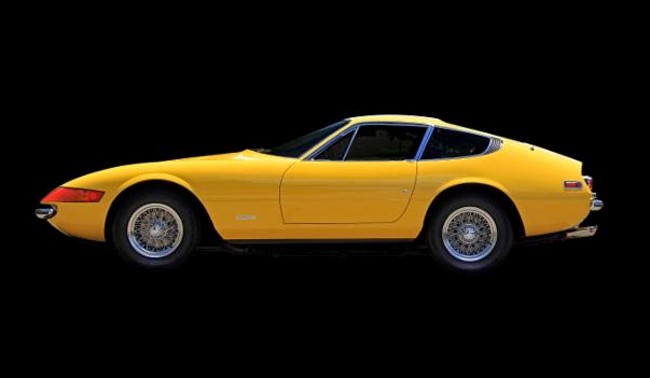 “The Daytona has traditional Ferrari provenance, presence and poise.” said Bill Warner, founder and Chairman of the Amelia Island Concours d’Elegance. “The Daytona is the last of the true ‘Enzo’ Ferraris created before the Fiat influence arrived in Maranello in 1969. The howl of that big V-12 should be part of Il Canto degli Italiani, the Italian national anthem. The big Daytona is a car, a name and a legacy worth celebrating in grand style.”
“The Daytona has traditional Ferrari provenance, presence and poise.” said Bill Warner, founder and Chairman of the Amelia Island Concours d’Elegance. “The Daytona is the last of the true ‘Enzo’ Ferraris created before the Fiat influence arrived in Maranello in 1969. The howl of that big V-12 should be part of Il Canto degli Italiani, the Italian national anthem. The big Daytona is a car, a name and a legacy worth celebrating in grand style.”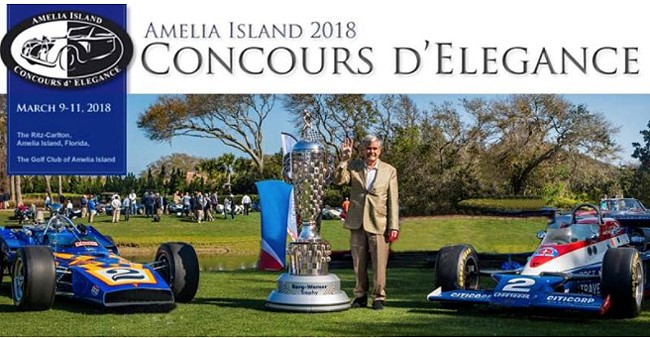 Now in its third decade, the Amelia Island Concours d’Elegance is among the top automotive events in the world. Always held the second full weekend in March, “Amelia” draws over 250 rare vehicles from collections around the world to The Golf Club of Amelia Island, The Ritz-Carlton at Amelia Island for a celebration of the automobile like no other. The 23rd Annual Amelia Island Concours d’Elegance is scheduled for March 9-11, 2018. For more information, visit
Now in its third decade, the Amelia Island Concours d’Elegance is among the top automotive events in the world. Always held the second full weekend in March, “Amelia” draws over 250 rare vehicles from collections around the world to The Golf Club of Amelia Island, The Ritz-Carlton at Amelia Island for a celebration of the automobile like no other. The 23rd Annual Amelia Island Concours d’Elegance is scheduled for March 9-11, 2018. For more information, visit 

